A Comprehensive Guide to Photoshoots in Kashmir
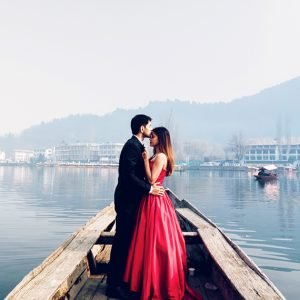
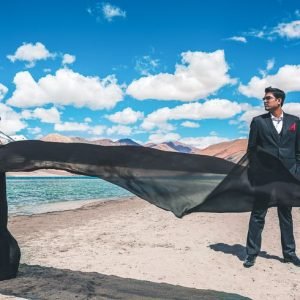
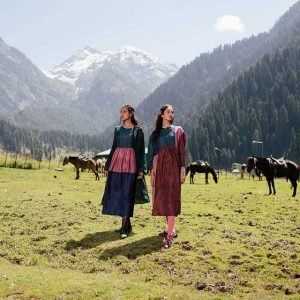
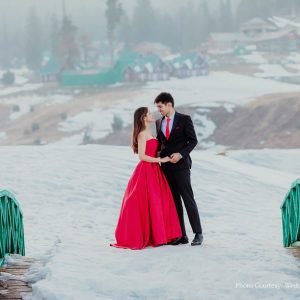
Table of Contents
ToggleKashmir, famously known as “Heaven on earth” is like a dream for any travel photographer featuring colourful landscape, rich in culture and peculiar vibes. Read this guide to discover how you can smoothen the process and have an incredible photoshoot in such a beautiful place.
1. Planning Your Photoshoot
1.1. Research and Inspiration
Get To Know About Kashmir Before Hitting the Shoot Encase yourself into the citizenry and geography of a place before you start capturing there. Find other photographers to see what they have shot and why as well, whether it be photographs of the best common sights or some hidden gems. Things like Instagram and Pinterest (and any photo blog) are great for this.
1.2. Choosing Your Locations
Kashmir is a place of big diversity and so large that every nook or corner gives you something new to eulogize,
Srinagar– Backdropped by beautiful gardens and traditional architecture this stereotypical Srinagar perfect shot with its blue Dal Lake associated houseboats. Mughal Gardens, Shalimar Bagh and Nishat Bagh: Opt for Lush Greenery with Exquisite Designs
Gulmarg: A land in the meadows and a place to enjoy winter sports, Here you can see vistas of Himalayas. Wildflowers dot the meadows in summertime, while snow coats everything for wintery photography opportunities.
Pahalgam: A valley where one is bound to fall in love with, it has rivers running through the town; lush green meadows & dense pine forests line everywhere making this place a photographer’s paradise. It also leads to yet another pilgrimage site — the Amarnath Cave Shrine, thus providing an enigmatic aura to your captures.
Sonamarg: Sonamarg is famous for its glacier points and pristine landscapes adding a touch of remoteness, untouched. Thajiwas Glacier along with meadow the side is an absolutely perfect place to capture some beautiful photographs.
Yusmarg:A less explored place, Yusmarg is popular for its serenity and grasslands, providing a peaceful location for landscape as well as portrait photography.
1.3. Local Culture and Customs
So that, knowing this is essential to observe and respect the local customs. Kashmir being land of rich heritage even has traditional clothing, crafts and festivals. These elements when infused into your shoot can help to make it real and grounded. In that case, using traditional Kashmiri clothes like a pheran (cloak) will add cultural dimension to celibacy in the portrait photography.
2. Preparing for the Photoshoot
2.1. Equipment and Gear
Prep your gear for different conditions in Kashmir as their environment is very diverse;
Camera and LensesA camera that allows changing lenses is perfect. Pack with you a wide-angle (for landscapes), telephoto lens(for the longshots) and a macro lens for details.
IR Tripod: A must if you want to photograph long exposures, whether in low light or night sky shooting.
Filters Polarizing filters can manage reflections and give the sky etc colors a little boost. I needed a neutral density filter for daylight long exposures.
Safety: Weather in Kashmir can change on a dime. Bring rain covers for your camera and lenses, pack some silica gel packets inside the bag to avoid moisture from collecting.
2.2. Permits and Permissions
Permits may be needed in certain areas; usually around sensitive sites or border zones. Make sure to do your research on permissions that you may need as well, especially if you are going to use drones or shoot in restricted zones.
2.3. Local Contacts
Local guides or photographers can inform the top spots and time of shooting. They can also assist with the nuances of local customs and opportunities to get access for special requests or locations.
3. Executing the Photoshoot
3.1. Timing and Lighting
Golden Hour – the hours following sunrise and preceding sunset, are when to shoot for most flattering light. That beautiful golden hour light that gives your photos some warmth and dimension.
Blue Hour…this is the period of time just before sunrise and after sunset, which provides a cold blue light but gives you an opportunity to demonstrate how beautiful landscape can be without brighter warm colours.
Aspect and wind: Mountains are home to inexperienced climbers; also, the weather can change in a matter of minutes. Be ready for abrupt changes and take full benefit of these. Overcast days can soften harsh light and give a moody feel, while blue skies will allow bold colors to pop and provide stark contrast.
3.2. Composition and Techniques
Rule of Thirds: This is a technique that involves breaking down the composition into thirds and then placing your main subject on the lines or at their intersections.
Use natural lines in the landscape, such as rivers, roads or paths to lead into and around your image.
Framing- By using trees or even arches provide a guideline for your perspective viewer to keep their eye on the focal point.
Angles and Angles of the Same Time: Play around with angles to see which angle works best. High and low angles can make for sweeping landscape views while simultaneously putting emphasis on the elements around the foreground.
3.3. Interaction with Locals
If you are incorporating pictures with locals, be kind and ask for their permission. Most will happily pose for a portrait if you approach them properly and explain why the picture is being taken.
3.4. Capturing Cultural Elements
Local culture can help make your photos one of a kind. Try capturing the essence of traditional Kashmiri crafts such as Pashmina shawls, hand-knotted carpets or prolific papier-mâché works. Local markets, festivals and street scenes also make a vibrant subject matter.
4. Post-Processing and Sharing
4.1. Editing Your Photos
Image Post-processing is key to get well-made images. With this photo editor, you can fine-tune exposure levels, contrast and color balances as well as sharpen up images. Edit your photos with Software Editing software like Adobe Lightroom is a powerful tool for editing, as well [Photo by Vladislav Vasnetsov from Pexels]
4.2. Sharing and Showcasing
Post your image to platforms like Instagram, Flickr or on a personal blog. Touch on the of creating a photo book, or exhibition as an idea to display some work. You might also benefit from getting involved in other photo communities, both locally and abroad to help increase your visibility as well as get feedback on you work.
4.3. Respecting Privacy and Rights
If you photograph people, especially in private or intimate settings make sure that they are aware of every possible publishing solution and ensure to get release forms signed if needed.
5. Ethical Considerations
5.1. Environmental Impact
The natural beauty in Kashmir is so delicate. Always clean up your trash and follow the principles of “Leave No Trace”, minimizing impact on the environment. Do not disturb the wildlife and only photograph them in their own natural living environment.
5.2. Cultural Sensitivity
Kashmir, a treasure trove of history & culture Unparalleled in nature beauty. If shooting religious monuments or rituals, respect local customs. Please remember to ask permission and be mindful of any local protocols.
6. Additional Tips
6.1. Health and Safety
Some people may not be able to adjust their body at a very high altitude of Kashmir. Drink water, acclimate correctly and symptoms of altitude sickness. It is also a good idea to have basic first aid supplies and any medications that you may need.
6.2. Local Cuisine and Experiences
Don’t Just Click: Find inspiration from local food & experiences, not just photography. Start with Rogan Josh, Yakhni and that much-acclaimed Kahwa tea along other classic dishes. Interacting with local culture may inspire some additional touches — and practices like this will broaden your experience.
6.3. Backup and Storage
Make sure you have enough photo storage sitewise Bring extra memory cards and use your external hard drive to back up frequently. In case, if the equipment fails or data is lost then crucial are digital backups.
How to book a photoshoot in Kashmir?
For a seamless and exceptional booking experience, contact Charzan Holidays at reservations@charzan.in or call us at +919622224473.
People ask FAQ's
Srinagar photoshoot in kashmir
For a memorable photoshoot in Srinagar, Kashmir, consider these picturesque locations:
- Dal Lake: Capture stunning views with houseboats and shikaras against the backdrop of the Himalayas.
- Mughal Gardens: Shalimar Bagh, Nishat Bagh, and Chashme Shahi offer beautiful gardens and intricate Mughal architecture.
- Nigeen Lake: A quieter alternative to Dal Lake, ideal for serene and reflective shots.
- Tulip Garden: If visiting during the bloom season, the vibrant tulip fields provide colorful and dynamic backdrops.
- Srinagar Old City: Capture the charm of traditional Kashmiri architecture and bustling local life.
For arranging a professional photoshoot, including permits and local expertise, contact Charzan Holidays at +919622224473. They can help you plan and execute a perfect photoshoot experience in Srinagar.
Kashmir Photoshoot Packages
Kashmir offers various photoshoot packages to suit different needs. Basic packages start at ₹10,000 for a few hours at a single location. Standard packages cost between ₹20,000 and ₹30,000 and include multiple locations and a set of edited photos. Premium packages range from ₹35,000 to ₹50,000 for a full day of coverage with additional services. For customized options, contact Charzan Holidays at +919622224473.
Photoshoot in kashmir for couples
A photoshoot for couples in Kashmir offers a romantic and picturesque setting. Packages typically include stunning locations like Dal Lake, Mughal Gardens, and the charming old city. Basic packages start around ₹10,000 for a few hours at one location, while standard packages range from ₹20,000 to ₹30,000 for multiple spots and more coverage. For a customized experience, contact Charzan Holidays at +919622224473 for detailed arrangements.
Photoshoot in kashmir cost
The cost of a photoshoot in Kashmir varies based on package details and duration:
- Basic Package: ₹10,000 – ₹15,000 for 2-4 hours at one location.
- Standard Package: ₹20,000 – ₹30,000 for a half-day session covering multiple locations.
- Premium Package: ₹35,000 – ₹50,000 for a full day with extensive coverage and additional services.
For customized packages and booking, contact Charzan Holidays at +919622224473.
Frequently Asked Questions
1. What are the best locations for a photoshoot in Kashmir? | |
| Popular locations include Dal Lake, Mughal Gardens, Pahalgam, Gulmarg, and the stunning landscapes of Sonamarg and Yusmarg. | |
2. Do I need a permit for a photoshoot in Kashmir? | |
| Generally, no special permit is needed for personal photoshoots, but commercial shoots may require permission from local authorities. | |
3. What is the best time for a photoshoot in Kashmir? | |
| The best time is from March to October when the weather is pleasant, and the landscapes are lush and vibrant. | |
4. Can I hire a professional photographer in Kashmir? | |
| Yes, many local photographers offer their services for photoshoots. It’s advisable to check their portfolio and reviews. | |
5. What should I wear for a photoshoot in Kashmir? | |
| Choose comfortable clothing that complements the scenery. Traditional Kashmiri attire can also add a unique touch to your photos. | |
6. Are there any specific guidelines for photoshoots in sensitive areas? | |
| Yes, be respectful of local customs and sensitive areas, especially near religious sites or military installations. | |
7. Can I do a pre-wedding or wedding photoshoot in Kashmir? | |
| Absolutely! Kashmir is a popular destination for pre-wedding and wedding shoots due to its breathtaking landscapes. | |
8. How can I ensure good lighting for my photoshoot? | |
| Early mornings and late afternoons provide the best natural lighting. Aim for these times for softer, more flattering light. | |
9. What equipment should I bring for a photoshoot in Kashmir? | |
| Bring a good camera, tripod, extra batteries, and lenses. If you’re hiring a photographer, they will typically bring their own gear. | |
10. Are there any specific cultural considerations to keep in mind? | |
| Yes, dress modestly in certain areas and ask for permission before photographing locals. | |
11. Is there a risk of weather disruptions affecting the shoot? | |
| Yes, weather can be unpredictable, especially in mountainous regions. Always have a backup plan in case of rain or heavy clouds. | |
12. How do I find the best angles for my photoshoot? | |
| Explore different perspectives and compositions. A local photographer can provide valuable insights on the best spots and angles. | |
13. Can I bring props for my photoshoot? | |
| Yes, props can enhance your photos. Consider traditional items or personal touches that reflect your personality. | |
14. Is it necessary to book a location in advance for a photoshoot? | |
| For popular spots, it’s wise to plan ahead, especially during peak tourist seasons, to avoid crowds and ensure accessibility. | |
15. What should I do if I have concerns about safety during the shoot? | |
| Stay informed about the local situation and avoid sensitive areas. Always travel with a guide or photographer who knows the region well. |



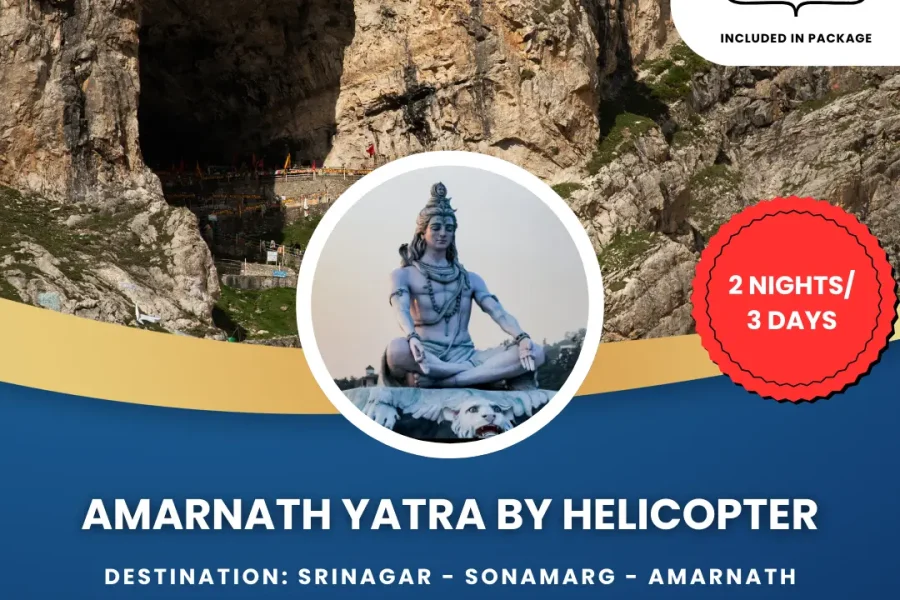
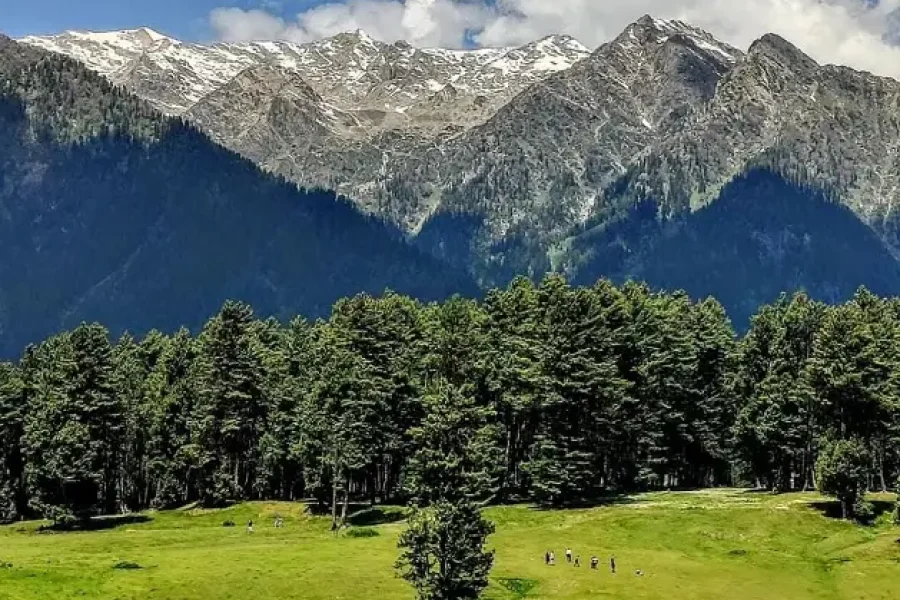
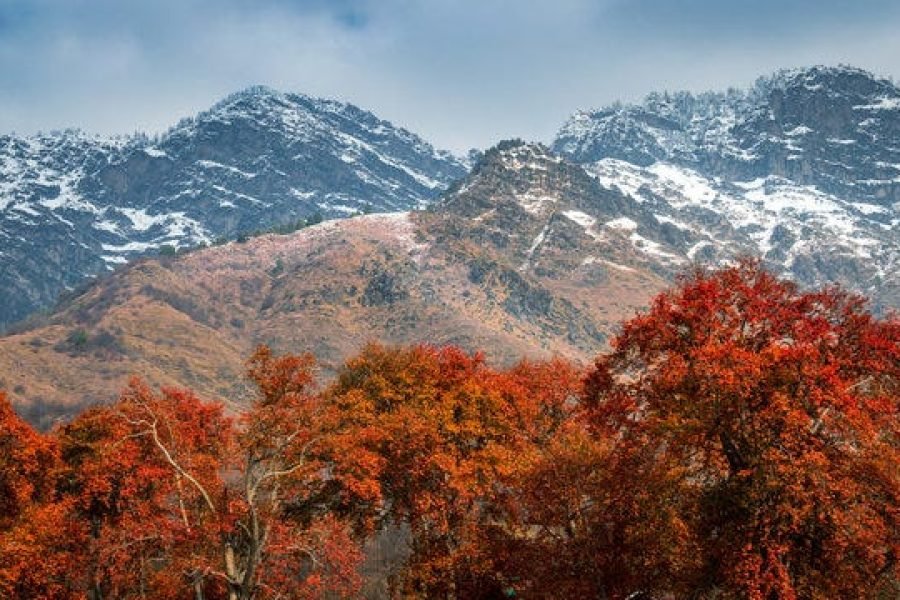

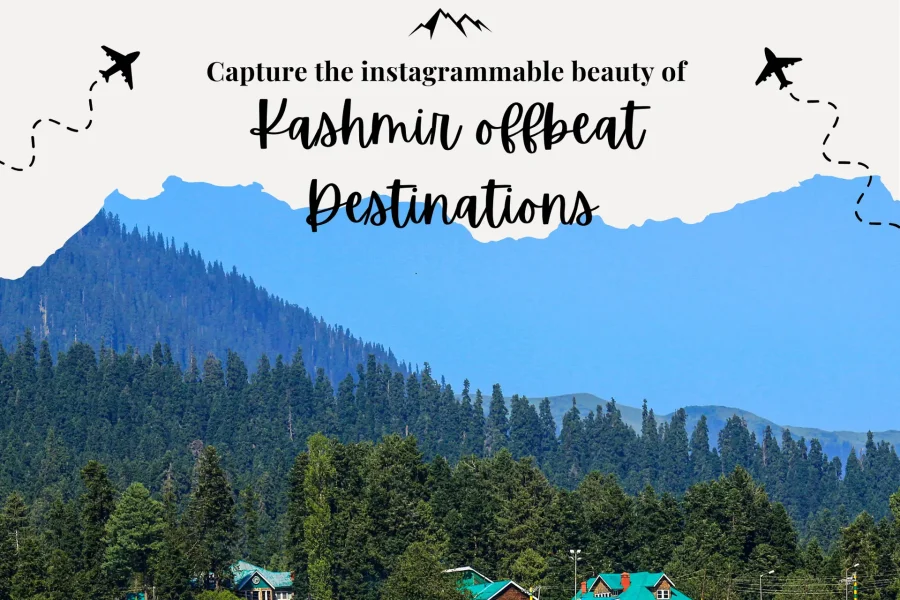
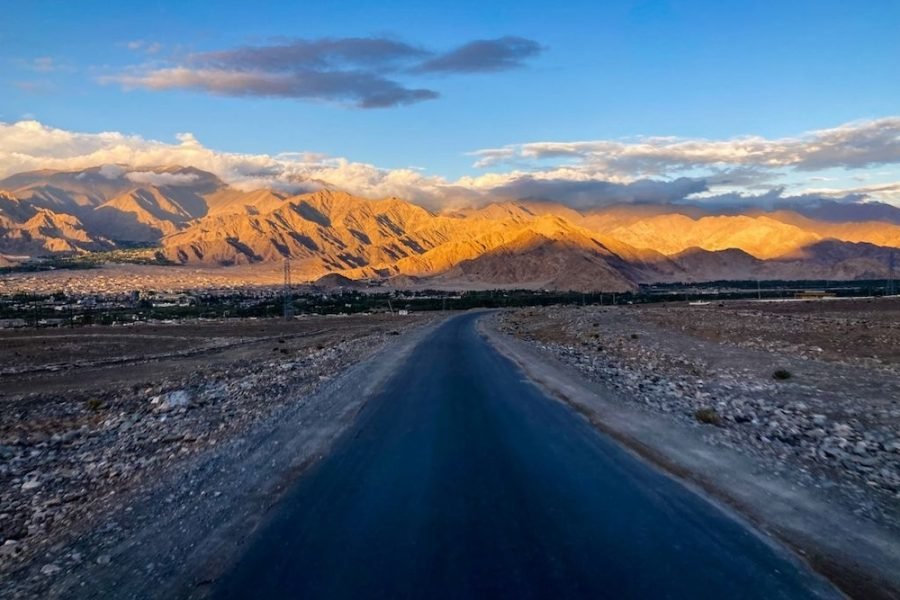
0 Comment